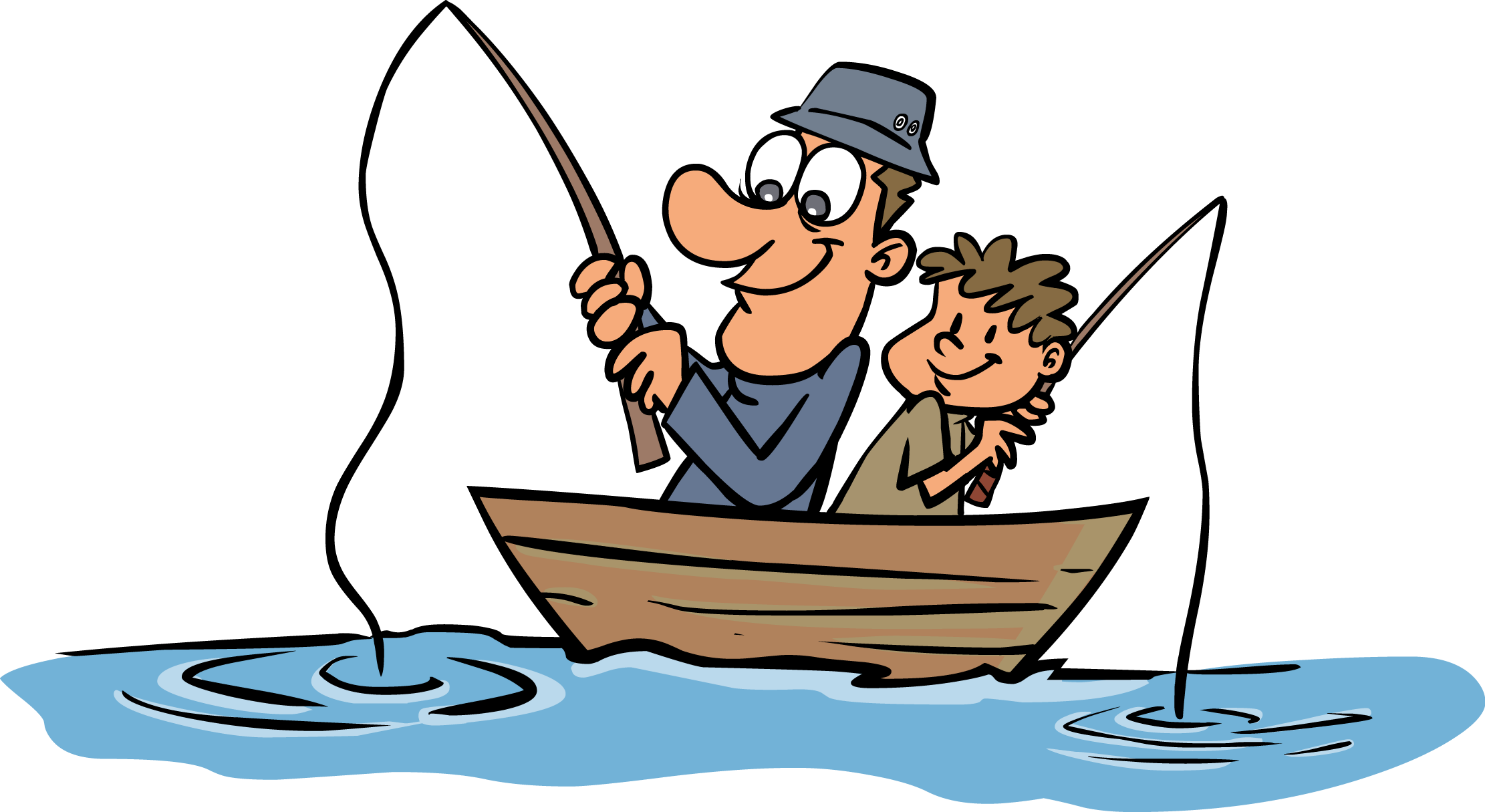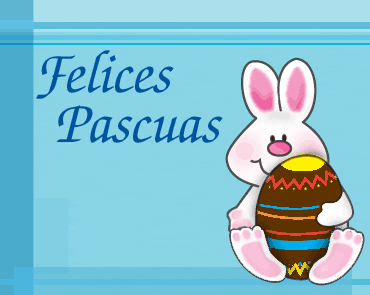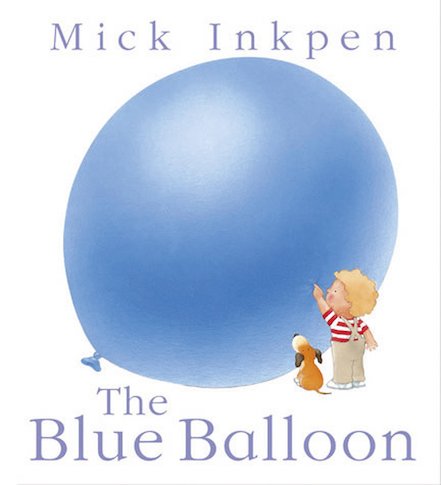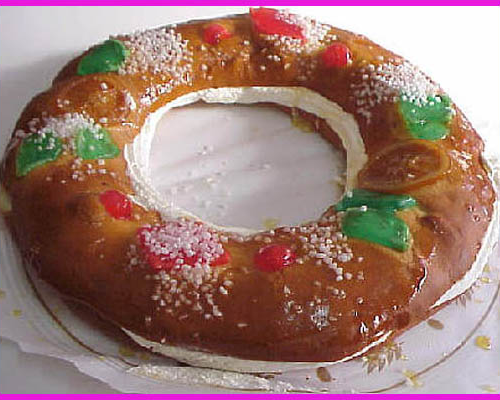I am getting ready for the first of several local network meetings where we will look at some of the new POS learning objectives and put these in to real language teaching and learning contexts.Our theme is "Celebrating Carnival" and our learning objectives look at how a young learners develops the skills of communication in the target language.We are considering help young learners to move on and become independent users of their developing language skills .Each session we take time to consider an activity which supports the learners to explore these learning objectives from the new DfE POS:
Explore the patterns and sounds of the language
Develop accurate pronunciation and intonation so that others understand when they are reading aloud or using familiar words and phrases.
So here is my carnival theme idea! It's based on "The blue balloon" by Mick Inkpen.
This interactive book encouraged the children to see the balloon as having ,magical qualities - you could stretch , pull, squash , fly with this blue balloon but you couldn't pop it and in the end it becomes a rainbow balloon.
Here is my magical colour stretchy sound and letter string balloon.On one side it has the colours and on the other side it has the letter strings that make up the colours.It starts off as a concertina with just the single picture of balloons and then it stretches to become one very long balloon of either the colour words or on the others slide blocks of colour in the same order as the colour words.
To make a balloon like mine, you will need four A4 documents for six colours.I have shared two my templates here.The templates have two lines- one of colour filled blocks and a second line which has letter strings from the appropriate colours. These are the letter strings from key familiar colours (or any language content you prefer- although I think colours and balloons fit best together here)
You need to cut out the templates and stick the 4 strips together end to end to make a long continuous strip.
Fold the balloon template length ways between the solid colours and the letters
Fold the strip in to a concertina using the external thin solid fold line and the internal fold lines.
The children will either be able to see all the coloured blocks or all the letter strings when it is pulled out as a stretchy balloon
Now you are ready to share your magical carnival balloon
- Remind the children of all the key colours they know in the target language and ask them to think about how some of the key sounds are written in the target language. Write these up on the whiteboard and then remove these letter strings before playing the balloon games
- Share with the children your very special carnival balloon and explain its magic qualities
- Show the children the first picture on the word side of the stretchy balloon- it's some balloons - but what colour do they think your balloon may be?
- Explain that the balloon is stretchy and long so how many colours might it be made up of and what colours might it be?
- Can you ask the children to stretch out the sounds of the colours in the target language , to squeeze the sounds of the colours in the target language , to twist the the sounds of the colours in the target language, to wave the sound of the colour in the target language etc.... - just like the magical balloon
- Time to investigate the colours as letter strings.... only reveal one letter string at at time - can the children say what they see, discuss with their talking partner and then anticipate the next letter string and the colour.You may like the children to write down on mini white boards what they anticipate as the next letter string.
- Can the children remember the colours ? Squash up your balloon again and this time ask the children to whisper the letter string to a partner and then the partner can give the thumbs up if that is the letter string that is revealed.Partners to take it in turns to be the speaker or the listener here.
- Now fold up your stretchy balloon one more time and ask the children to write down on their whiteboards the order in which they think the colours will be revealed - as you open up the colour block side of your balloon.Ask the children to read aloud their lists to their partner or volunteers to read out loud to the class.
And finally .....
Ask the children to create their own letter string word balloons so that they can play partner and table games with their classmates to anticipate target language familiar colours.



.JPG)
.JPG)















.JPG)











